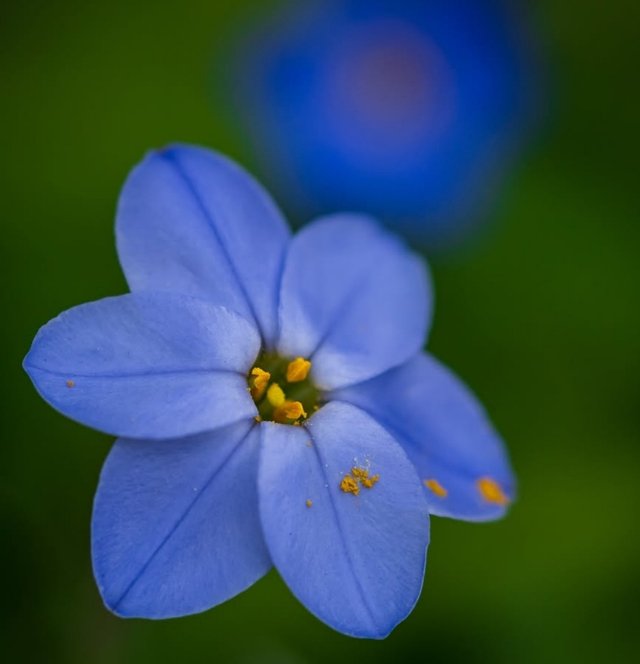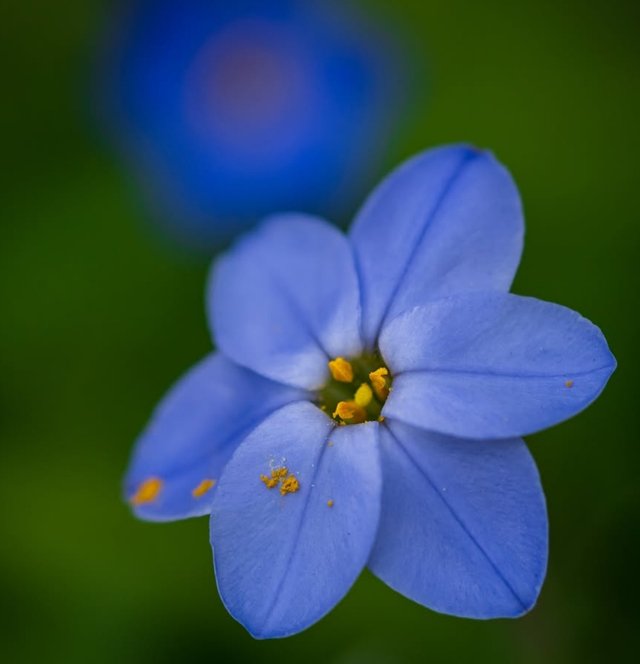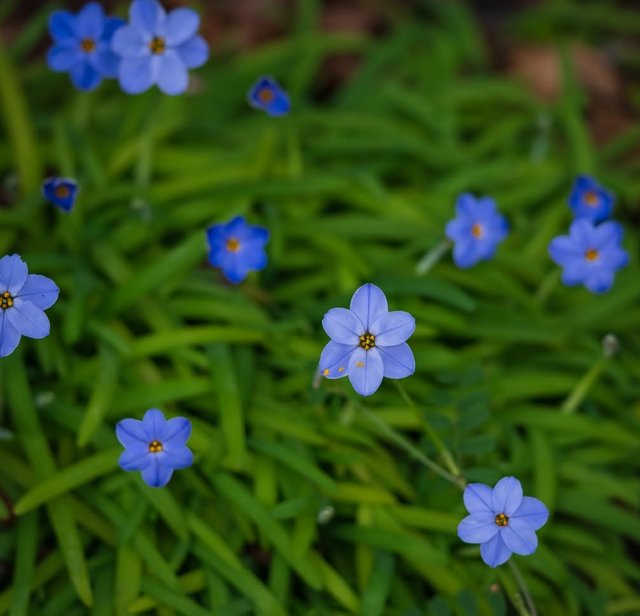Tristagma Uniflorum So Beautiful Flower
Tristagma uniflorum: The Elegant Star of the Spring Garden
Among the many gems of the spring garden, Tristagma uniflorum, commonly known as the Spring Starflower, holds a unique place with its understated charm and star-like blossoms. This delicate flowering plant, native to South America, especially Argentina and Uruguay, has gradually found its way into gardens around the world. With its ease of growth, attractive foliage, and brilliant blooms, it's a favorite for gardeners seeking beauty without high maintenance.
Botanical Profile
Scientific Name: Tristagma uniflorum
Synonyms: Formerly known as Ipheion uniflorum
Family: Amaryllidaceae
Native Range: Argentina and Uruguay
Hardiness Zones: USDA zones 5–9
Description
Tristagma uniflorum is a small, bulbous perennial that typically grows to about 4 to 10 inches tall. Its foliage resembles that of chives—long, narrow, and slightly arching, with a subtle onion-like scent when crushed. But what truly sets it apart are its striking six-petaled star-shaped flowers that bloom profusely in early to mid-spring. The blooms, usually pale blue to lavender, sometimes white, appear singly on slender stems—hence the species name uniflorum, meaning “one flower.”
Each flower is about 1–1.5 inches across, with a yellow center that contrasts beautifully against the petal color. As the blooms open, they add a light, airy charm to borders, rock gardens, and even lawns. The plant is often used in mass plantings to create a soft carpet of stars.
Growth and Cultivation
One of the best things about Tristagma uniflorum is its resilience and ease of cultivation:
Soil: Prefers well-drained soil but is not particularly fussy about pH or fertility. It performs well in sandy or loamy soils.
Light: Thrives in full sun to part shade. In hotter climates, it benefits from afternoon shade.
Water: Moderate water needs. It's drought-tolerant once established and dislikes waterlogged conditions.
Propagation: Propagates easily by offsets and self-seeding. Bulbs can be divided in late summer or early fall.




%20(9).jpeg)